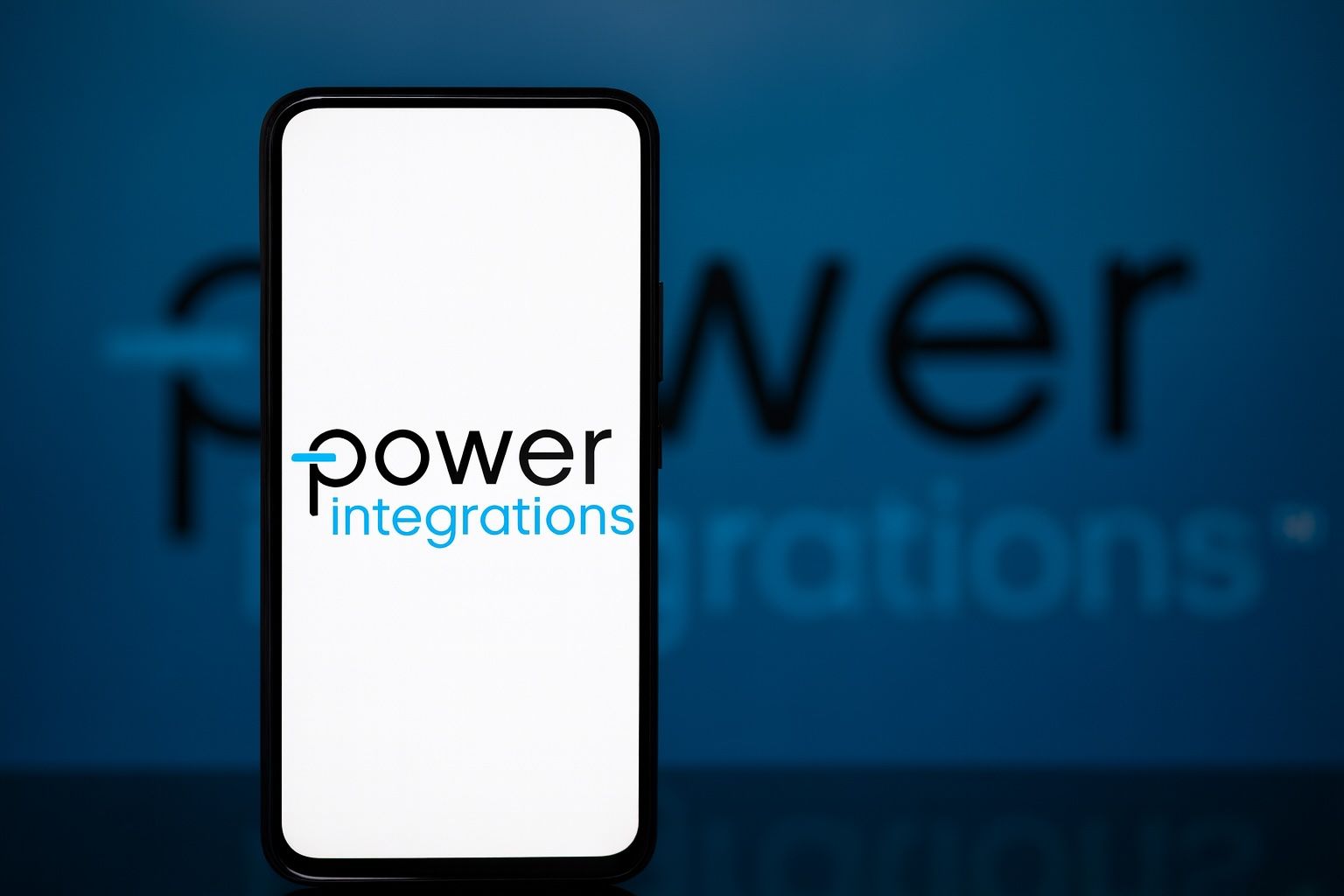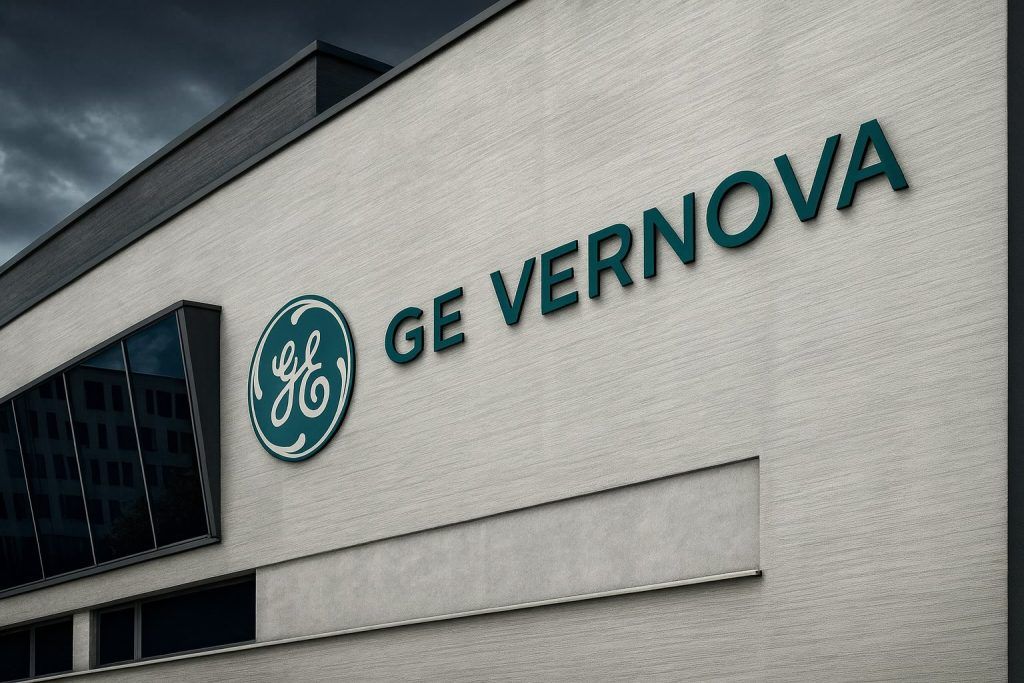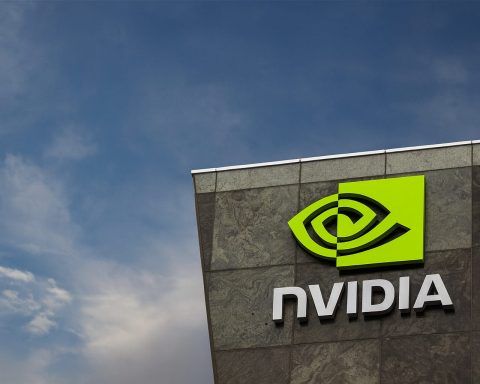- Stock Price: POWI closed around $34.64 on Oct 10 (Fri), then jumped ~21% to about $41.9 intraday on Oct 13 [1] [2]. The stock had fallen from a 52-week high of $69.53 down to a low near $34.55 [3], so this rally off oversold levels is notable.
- Market Cap & Valuation: POWI’s market cap is about $2.3 billion [4]. At ~$40, price/sales is roughly 5.6× (vs ~$419M annual revenue) and trailing P/E is very high (~60–70× GAAP EPS). The stock trades well below its 52-week high [5]. Analysts on average rate POWI a Moderate Buy, with a consensus 12-month price target around $61.7 (nearly +47% upside) [6].
- Latest News: On Oct 13, POWI announced a major collaboration with NVIDIA to develop 800-volt DC power supplies for AI data centers [7] [8]. A new white paper at the OCP Global Summit highlights POWI’s 1250V and 1700V “PowiGaN” GaN switches as key for next-gen AI racks [9]. CEO Jennifer Lloyd and VP Roland Saint-Pierre emphasized this as a growth catalyst. Also, on Sept 22 the company disclosed CFO Sandeep Nayyar will leave (effective Oct 4), with Eric Verity as interim [10]. Management reaffirmed Q3 guidance (~$118M rev) despite these changes [11].
- Recent Results: In Q2’25 POWI earned $115.9M revenue (up 9% YoY) but only $1.4M GAAP net income ($0.02/share) [12]. GAAP profit is slim due to one-time charges (stock comp, litigation). Non-GAAP net was $19.9M ($0.35/share) [13]. Q1’25 revenue was $105.5M (+15% YoY) with GAAP $8.8M ($0.15) [14]. Full-year 2024 rev was $419.0M with GAAP EPS $0.56 [15]. POWI has no debt and ~$300M cash/investments [16] (very strong liquidity). It pays $0.84/year in dividends (yield ~2%) and just added $150M more in buyback authorization.
- Market Reaction: POWI stock surged on the Nvidia announcement, briefly erasing recent losses. Over the past year the shares are down ~–30% [17], so the Nvidia tie-up and GaN momentum may be a turning point if sustained.
Company Background & Business Model
Power Integrations is a fabless semiconductor firm specializing in high-voltage power conversion chips. It pioneered the use of gallium nitride (GaN) in power ICs (marketed as PowiGaN™) and its EcoSmart™ PWM controllers. The company’s products enable efficient AC-DC and DC-DC conversion across applications, from cloud data centers and industrial drives to EV chargers and consumer electronics [18] [19]. In fact, Reuters notes POWI “supplies chips that handle power for cars and major appliances” and makes them out of GaN [20]. This positions POWI in the clean-energy ecosystem: its chips are used in renewable generation, efficient power grids, metering, and electrified transportation [21] [22]. Long-time founder Balu Balakrishnan (now Executive Chairman) ran POWI for decades until mid-2025, when longtime insider Jennifer A. Lloyd (ex-Analog Devices exec) became CEO [23]. The company prides itself on a solid balance sheet (no debt, ≈$300M in cash/marketable securities) [24] and returns capital via dividends ($0.21/qtr) and share buybacks.
Recent Stock Performance & Chart
In October 2025, POWI reached new lows before this rally. The 1-year chart shows POWI falling from ~$65–70 in early 2025 to ~$34 by Oct 9 [25]. The 52-week range is $69.53–$34.55 [26]. After closing ~$34.6 on Fri Oct 10 [27], the stock gapped up on Oct 13 amid the NVIDIA news, touching about $41.9 intraday [28]. That +21% surge put it back near its short-term resistance (~$40). Year-to-date, POWI is down roughly 30% [29]. Volume picked up sharply on Oct 13, suggesting strong buy interest on the news. Overall the chart shows a severe downtrend that may be loosening – a key support held around $34 and the breakout to $42 could form a short-term reversal if sustained.
Technical Analysis
Technical indicators have been bearish but imply oversold conditions. As of Oct 10, the 14-day RSI was about 25 (oversold, below 30) [30]. POWI’s price is below all major moving averages: the 8-day SMA was $37.96, 20-day $40.57, 50-day $43.74, and 200-day $52.71 [31]. Every one of these indicators was giving a “Sell” signal [32]. The stock was also trading below its 25-day Bollinger band (~$38–$44) [33]. In other words, chart pattern and indicators pointed to heavy selling pressure. The Oct 13 gap-up has moved price back toward the 20-day MA, but POWI still faces resistance in the high-$30s. In summary, short-term oscillators (low RSI, price below MA) indicated an oversold bounce was likely [34]. The big question is whether this rally sticks – a break above $40–45 (next resistance zone) is needed to confirm a technical turnaround.
Fundamental Analysis
POWI’s top-line growth is modest and profits are concentrated in non-GAAP adjustments. In FY2024, net revenue was $419.0M vs $444.5M in 2023 (–6%) [35]. GAAP operating profit was thin: full-year net income was $32.2M ($0.56 EPS) [36]. By segment, Q4’24 sales grew 18% YoY to $105.2M [37], but the benefit was offset by seasonality. In 1H’25, revenues have ticked up: Q1’25 sales were $105.5M (+15% YoY) [38] and Q2’25 $115.9M (+9% YoY) [39], led by industrial and enterprise power. However, GAAP earnings remained low ($8.8M in Q1, $1.4M in Q2 [40] [41]) because of high stock-based comp and other charges. On a non-GAAP basis (excluding those costs), POWI earns healthy margins: Q2’25 non-GAAP net was $19.9M on $115.9M rev [42] (about 17% net margin). Gross margins run in the mid-50% range; management forecasts Q3 GAAP gross ~54.5–55% [43].
The balance sheet is very strong: POWI has no debt and roughly $300M in cash and marketable securities [44]. This funds dividends ($0.21/Q) and aggressive buybacks (≈$150M authorized). (For reference, EV is ~$1.8B vs book equity ~$0.75B [45].) Valuation metrics are high: trailing P/S ≈5.6×, and P/E (GAAP) is above 60× [46]. Analysts expect modest EPS growth: MarketBeat cites estimates of ~$0.93/share for 2025. In sum, fundamentals show a cash-rich firm with decent top-line growth, but profits have been limited by operating costs.
Latest News & Analyst Commentary
Oct 13 Collaboration: The big trigger was POWI’s NVIDIA partnership. Reuters reported POWI “is working with Nvidia on the AI giant’s push to make data centers operate at higher voltages” [47]. Specifically, Nvidia unveiled an initiative to convert large AI data centers to use 800V DC power architecture (more efficient than AC) [48], and POWI will supply its GaN power switches into this ecosystem. The official BusinessWire PR at the OCP summit announced that Power Integrations is “accelerating the transition to 800 VDC” in AI racks [49]. Roland Saint-Pierre (VP of product dev) emphasized that their 1250V and 1700V PowiGaN devices offer higher efficiency and density than legacy parts in this application [50] [51]. This news catalyzed Monday’s stock surge.
CFO Change: On Sept 22, POWI announced longtime CFO Sandeep Nayyar is leaving (effective Oct 4) to become CFO of Altera, with Finance Dir. Eric Verity as interim [52]. Management brushed this off as part of normal succession. In fact, they reiterated their Q3 revenue outlook (~$118M) at the same time [53], signaling business continuity. Investing.com notes analysts (Benchmark, Stifel) maintained Buy ratings despite the CFO shake-up [54]. Benchmark lowered its price target (now $55), citing macro and tariffs, but affirmed POWI’s long-term opportunity [55].
Analyst Views: MarketBeat summarizes 4 recent analyst ratings: 3 Buys and 1 Sell, yielding a Moderate Buy consensus [56]. The average 12-month target is $61.67 [57]. Investing.com highlights that analysts praise POWI’s balance sheet (“more cash than debt”) and high gross margin (~54.8%) [58]. CEO Jennifer Lloyd (in August) reiterated that AI and automotive are key drivers: she noted GaN-based revenue was up >50% in H1 and that POWI is developing system-level GaN solutions for AI data centers [59]. Overall, experts view POWI as a niche play on emerging trends (AI infrastructure, EVs), but warn valuations are demanding and end-market uncertainty (COVID, China, tariffs) is a downside factor.
Forecast – Medium & Long Term
Long-term, POWI’s strategy is to ride secular trends: AI data centers, EV/automotive, solar/inverters and efficient appliances. If 800V DC adoption takes off, POWI could capture a chunk of that market. However, growth depends on broader semiconductor demand. Analysts’ price targets imply optimism (avg ~$62, high $75) [60], suggesting expectations of mid-teens earnings growth. Some models (noted in Financhill) forecast modest EPS gains and stock appreciation if these catalysts materialize. That said, POWI’s high P/E means even a small earnings miss can be painful. Long-term investors will watch for continued GaN adoption and improved GAAP profitability, while skeptics point to cyclicality.
Risks and Opportunities
Key risks include industry cyclicality and macro headwinds. POWI itself warned that “trade policy adds uncertainty” to the outlook [61] [62]. The semiconductor downturn and any further tariff escalation could dent sales in appliances, solar and auto. Competition is another risk – for example, Reuters notes competitors like Infineon (Europe) and Chinese InnoScience are in Nvidia’s 800V program too [63]. Even within GaN, startups and incumbents (e.g. GaN Systems, Navitas, TI) vie for designs [64]. POWI’s high valuation also makes the stock volatile.
The opportunity lies in POWI’s technological edge and secular trends. Its high-voltage GaN chips are unique – the company is “the only supplier of high-voltage 1250V and 1700V GaN switches in volume production” [65]. As AI/datacenter power needs soar, their products can increase efficiency (e.g. >98% target efficiency at 800VDC [66]). Similarly, as EVs and renewables grow, demand for advanced power ICs should rise. POWI’s broad addressable markets (renewables, EV charging, industrial, IoT) and strong R&D (often cited in investor calls) are advantages. As CEO Balakrishnan stated, POWI is “focused on big-picture trends” like energy efficiency and electrification [67], and aims to see “significant growth” from its PowiGaN technology across many markets [68].
Competitive Positioning & Peer Comparison
POWI is a small-cap specialist in high-voltage power ICs, unlike giants like Texas Instruments or Analog Devices. It competes more directly with companies focused on power conversion. For example, TS2.tech notes Power Integrations among GaN competitors (alongside TI and others) and points out POWI “has started offering GaN-based ICs for chargers” [69]. In the 800V DC segment, POWI’s main peers are incumbents like Infineon and specialized GaN firms. Compared to larger analog players (TI ~$200B market cap, ON Semiconductor ~$42B), POWI’s niche GaN portfolio is unique. However, as Owler data shows, its broader competitors include MPS, Diodes, Maxim, and even Intersil or ROHM [70]. In short, POWI is one of the few firms with high-voltage GaN ICs, but it competes against bigger analog semiconductor companies for power-supply business.
Sources: Company filings and press releases [71] [72] [73]; Reuters [74] [75]; BusinessWire/Investing.com financial news [76] [77]; Financhill/MarketBeat analysis [78] [79]; TS2.tech industry commentary [80].
References
1. financhill.com, 2. www.marketbeat.com, 3. financhill.com, 4. stockanalysis.com, 5. financhill.com, 6. www.marketbeat.com, 7. www.reuters.com, 8. www.businesswire.com, 9. www.businesswire.com, 10. investors.power.com, 11. investors.power.com, 12. investors.power.com, 13. investors.power.com, 14. s27.q4cdn.com, 15. investors.power.com, 16. investors.power.com, 17. stockanalysis.com, 18. www.reuters.com, 19. investors.power.com, 20. www.reuters.com, 21. investors.power.com, 22. investors.power.com, 23. investors.power.com, 24. investors.power.com, 25. financhill.com, 26. financhill.com, 27. financhill.com, 28. www.marketbeat.com, 29. stockanalysis.com, 30. financhill.com, 31. financhill.com, 32. financhill.com, 33. financhill.com, 34. financhill.com, 35. investors.power.com, 36. investors.power.com, 37. investors.power.com, 38. s27.q4cdn.com, 39. investors.power.com, 40. s27.q4cdn.com, 41. investors.power.com, 42. investors.power.com, 43. investors.power.com, 44. investors.power.com, 45. investors.power.com, 46. ca.investing.com, 47. www.reuters.com, 48. www.reuters.com, 49. www.businesswire.com, 50. www.businesswire.com, 51. www.reuters.com, 52. investors.power.com, 53. investors.power.com, 54. ca.investing.com, 55. ca.investing.com, 56. www.marketbeat.com, 57. www.marketbeat.com, 58. ca.investing.com, 59. investors.power.com, 60. www.marketbeat.com, 61. s27.q4cdn.com, 62. investors.power.com, 63. www.reuters.com, 64. ts2.tech, 65. ca.investing.com, 66. ca.investing.com, 67. s27.q4cdn.com, 68. investors.power.com, 69. ts2.tech, 70. www.owler.com, 71. s27.q4cdn.com, 72. investors.power.com, 73. investors.power.com, 74. www.reuters.com, 75. www.reuters.com, 76. www.businesswire.com, 77. ca.investing.com, 78. financhill.com, 79. www.marketbeat.com, 80. ts2.tech









